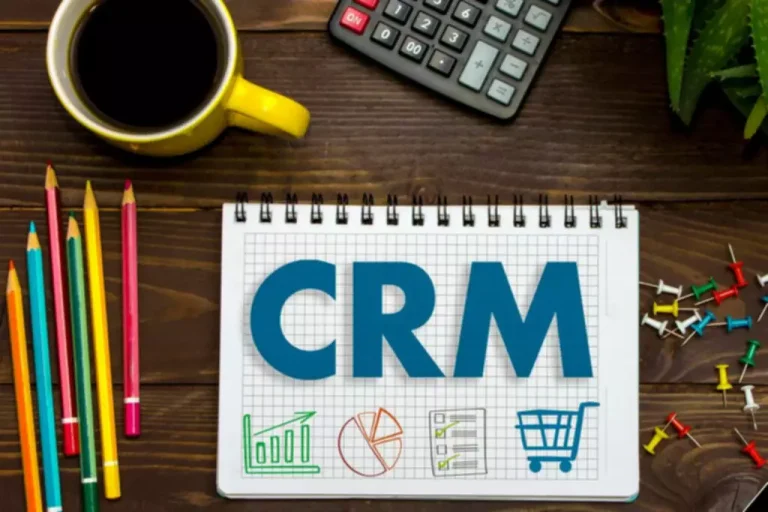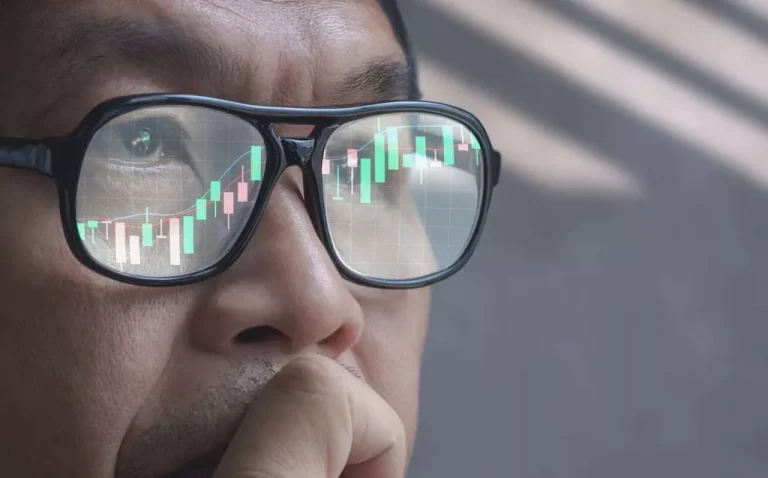Content
It will cover the expansion of on-chain RWAs in 2023 through the lenses of 1) the issuers bringing them on-chain, 2) the types of on-chain RWAs, and 3) the reasons why RWAs are expanding on-chain. It is my belief that the tokenization of real-world assets (RWAs)—blockchain-based digital tokens that represent physical and traditional financial assets—is the fuel that’s needed to propel the crypto industry into the mainstream. With $867T in traditional markets ready to be disrupted by blockchain-based technologies, the opportunity to systematically improve global economies is real. Real-World Assets (RWAs) is refer to tangible assets that exist outside the digital spectrum but are brought into the blockchain ecosystem through tokenization. This includes everything from physical real world assets crypto items like real estate, precious metals, and art to traditional financial instruments such as bonds, stocks, or even invoices.
- To illustrate, if you’re living in Asia, you can purchase the artwork of your favorite European artist in the form of an RWA crypto project.
- Real estate is the largest asset class in the world, capturing an estimated $613 trillion in value in 2023.
- Investment opportunities in RWAs depend on the tokenization and distribution of assets.
- Whether the crypto wallet requires multiple keys to authorize a transaction as an extra layer of security.
- It’s pretty similar to stocks, where you own a share in a company for physical assets.
- There are many mechanisms to achieve price stability, but the most widely used implementation is for a centralized institution to issue a token collateralized by US dollars held in custody offchain.
Future of Real-World Assets in Blockchain

In doing so, institutions are able to save time, cut costs, reduce risk, and launch new products faster since they don’t have to directly integrate with each individual chain. They only need CCIP as an abstraction layer that connects to and across all chains. In this piece, we’ll break down how real-world asset tokenization works and the advantages it offers to investors. As the RWA tokenization sector continues to grow, navigating the regulatory landscape becomes increasingly Smart contract important.
How RWAs Are Tokenized and the Challenges Involved
RWA digitization is only starting to be explored; with its complex development efforts and high startup fees, companies should begin to research and form a development group to learn how digitized RWAs can benefit their organization. For tokens to operate on a blockchain, there must be a set of rules to govern how and when units are delivered. Every participant on a blockchain will have access to a record of all the transactions alongside a set of rules on how the tokens will operate. Tokens can also be applied in smart contracts, which are self-executing contracts that have built-in terms between the buyer and seller, typically represented https://www.xcritical.com/ by lines of code outlining various process conditions.
What’s Next for RWA Tokenization
From January 1 to September 30, the platform’s loan balance grew 966%, reaching $23.96m by September 30. Cumulatively, Clearpool has originated more than $400m worth of private credit loans across 3 chains (Polygon, Polygon zkEVM, and Ethereum) in its lifetime. Traditionally, capital intensive industries are inaccessible due to the high initial investment required. Through decentralization of ownership of real assets, the barriers to entry to these industries can be lowered and their existing business model challenges, leading to more efficiency. The pilot used forked permissioned versions of the Aave lending protocol and Uniswap exchange operating on the public Polygon mainnet. As a blockchain interoperability standard, the Chainlink Cross-Chain Interoperability Protocol (CCIP) will serve a similar role to TCP/IP.
In August 2023, Ondo launched USDY, a tokenized note backed by short-term US Treasuries and bank deposits. This gives global (non-US) investors a secure, yield-bearing option to stablecoins. StUSDT is the first RWA platform on the TRON network, boasting over $1.4 billion in Total Value Locked (TVL). Users can stake USDT on the platform and earn an annual percentage yield (APY) of 4.18%. The stUSDT token acts as a receipt, representing investments in real-world assets like government bonds.
This innovative approach to asset management has the potential to revolutionize traditional financial systems by enhancing liquidity, democratizing access, and increasing transparency. This short list, plus the other issuers pictured in the image above, highlights the slew of off-chain entities that back on-chain RWAs. Franklin Templeton and WisdomTree are two veteran traditional finance companies whose primary business is unrelated to cryptocurrencies and blockchain technology. Franklin Templeton is a global investment firm of 76 years offering mutual funds, ETFs, and an assortment of other fund products to individuals and institutions.
Real-world asset (RWA) tokenization is one of the largest market opportunities in the blockchain industry, with a potential market size in the hundreds of trillions of dollars. To gain access to new financial opportunities and thrive in a world of disruption, organizations are adopting the concept of digitizing real-world assets. It’s important organizations thoroughly understand the complex process of how it can be executed, through the application of (DeFi) and tokenization processes to unlock blockchain capabilities. While RWAs can be represented by a token, they can be further divided to offer fractional ownership to investors. Through this process, tokenization can provide liquidity to otherwise illiquid and non-fractional markets.

To take full advantage of Mountain Protocol and other DeFi opportunities, make sure you’re using the right wallet. Mountain Protocol is a decentralized finance (DeFi) platform that focuses on providing a yield-bearing stablecoin called USDM, which is backed by U.S. Tangible was founded by Jag Singh, a UK-based tech and finance entrepreneur who previously founded Vid Inc. and Singh Capital. The protocol obtained regulatory approval to operate as a professional fund regulated by the BVI Financial Services Commission, a notable achievement. Another milestone for the protocol is reaching over $50M in tokenized US treasury bills.
It is ultimately the choice of the consumer regarding what type of assets they want to hold and what applications they wish to deploy their assets into. While tokenized RWAs, and the additional trust assumptions involved, may not be for everyone, it would be a mistake not to capitalize on the opportunity that exists. It is worth noting that RWAs have also been explored in the context of security token offerings (STOs), with 18 companies having raised a total of $380M in 2018. However, most STO offerings have historically been viewed as a limited implementation of RWAs given their focus on fundraising (i.e., an alternative to initial coin offerings or ICOs). With STOs representing more niche securities that are usually only available on permissioned platforms, their adoption has not reached the same level as RWAs on public blockchains. Using the ANZ Digital Asset Services (DAS) portal along with CCIP as an abstraction layer, the case study demonstrated how ANZ customers could use CCIP to securely transfer ANZ-issued stablecoins cross-chain to purchase nature-based assets.
You can use these visuals to guide your research strategy or to zero in on specific assets or sectors. The first four sections help you identify the main players, the amount of money involved, and the general landscape of RWAs. These visuals give you a snapshot of what’s happening and where opportunities may lie.
Platform development will continue to focus on making digital assets as familiar and accessible as conventional financial products, making RWAs more accessible to mainstream investors. The tokenization of Real-World Assets (RWAs) is one of the most promising narratives in blockchain for 2025. Blockchain technology is bringing real-world assets (RWAs) online, with $5.29 billion currently tokenized across categories like real estate, commodities, and stocks. Imagine a future where the physical assets we know—properties, commodities, and even collectibles—are fully tradeable on-chain, unlocking opportunities traditionally limited to the largest financial institutions. The tokenization of real-world assets increases liquidity, offers fractional ownership, and enhances transparency and security.
The mark up stems from the underutilisation of the Property Digital Rights because of the lack of a simple system for registration, ownership and tradability. Despite being hard, we believe that creating a liquid market through RWA tokenization unlocks financial value embedded within assets that are currently difficult to trade. Almost five years after its initial hype, tokenization of RWAs is looking different.

By applying (DeFi) and tokenization, the potential of these blockchain capabilities on supply chain operations can be fully realized. In the same way that DeFi is disrupting traditional finance, decentralized operations will disrupt traditional operations and ultimately transform the way organizations run their business. Looking ahead, Centrifuge plans to deepen collaborations with asset managers and institutional investors to make RWAs more accessible, scalable, and transparent.
Continued industry collaboration, across both DeFi and TradFi, will chip away at these barriers over time in order to eventually arrive at a viable solution for onchain finance. To leverage the aforementioned benefits, RWAs can be generated in one of two token formats. The first format is non-native tokens, where onchain tokens are issued to represent RWAs that exist and are managed offchain by a custodian. This is the most common type due to the infancy of RWAs and the ability to leverage existing financial infrastructure around asset custody.